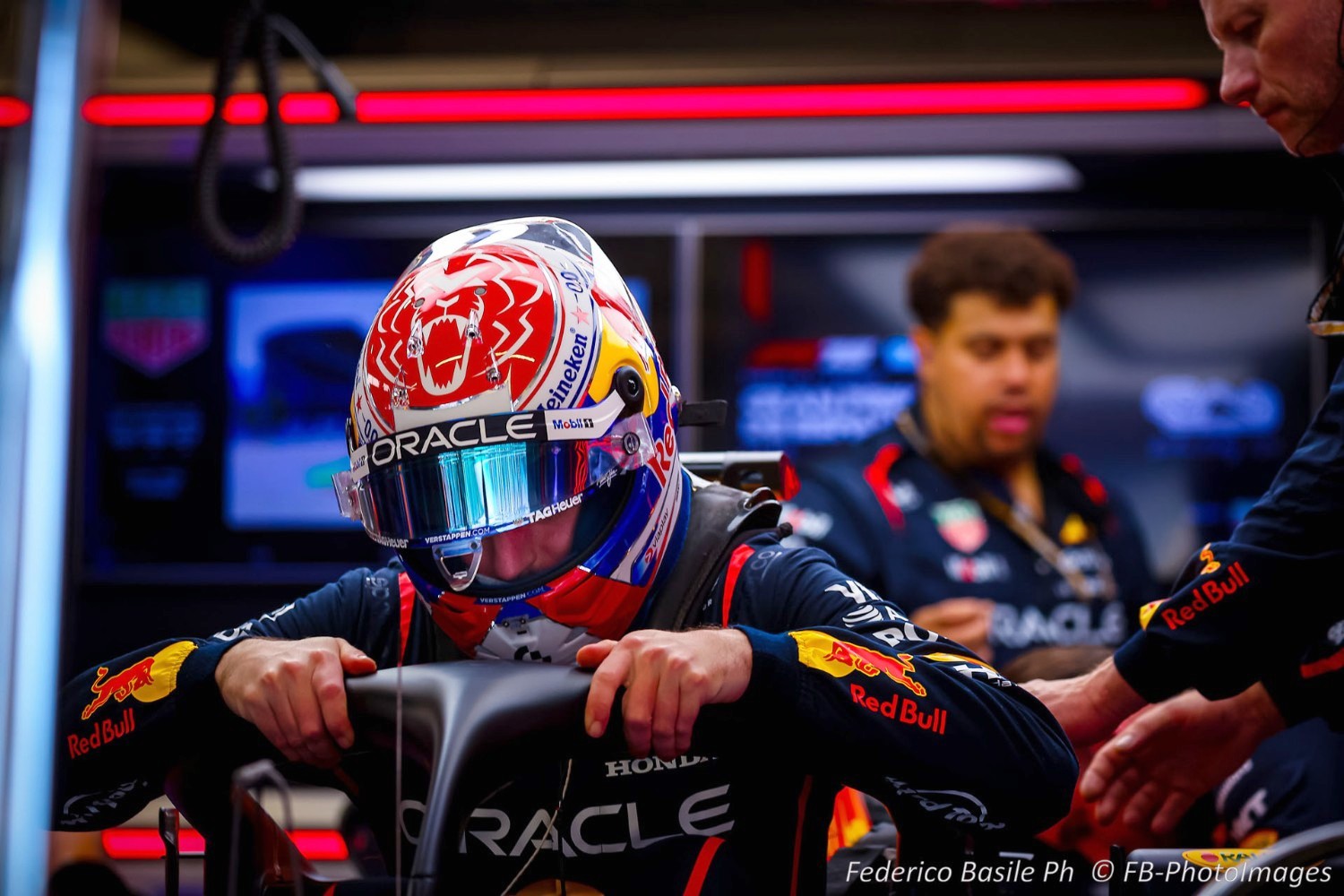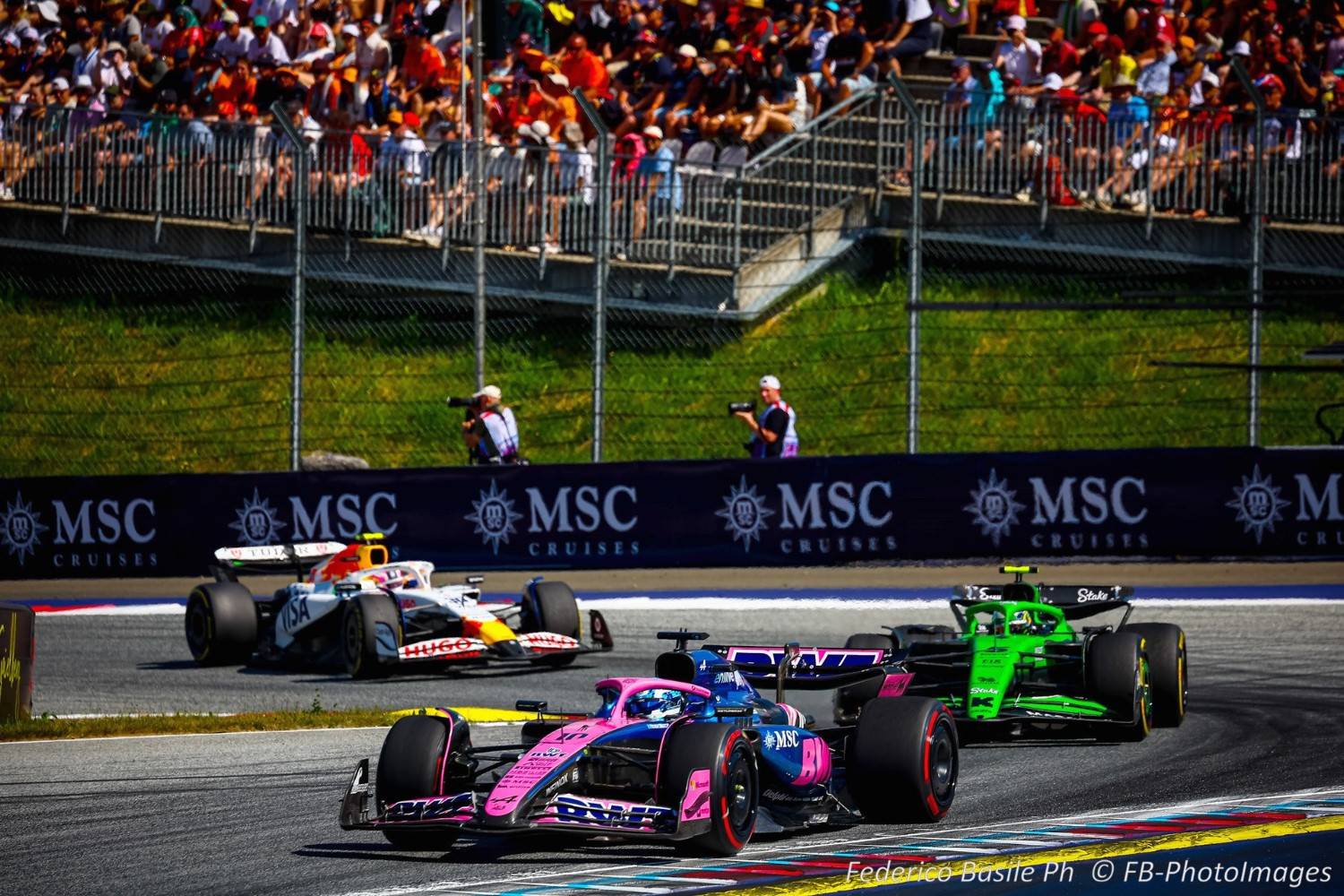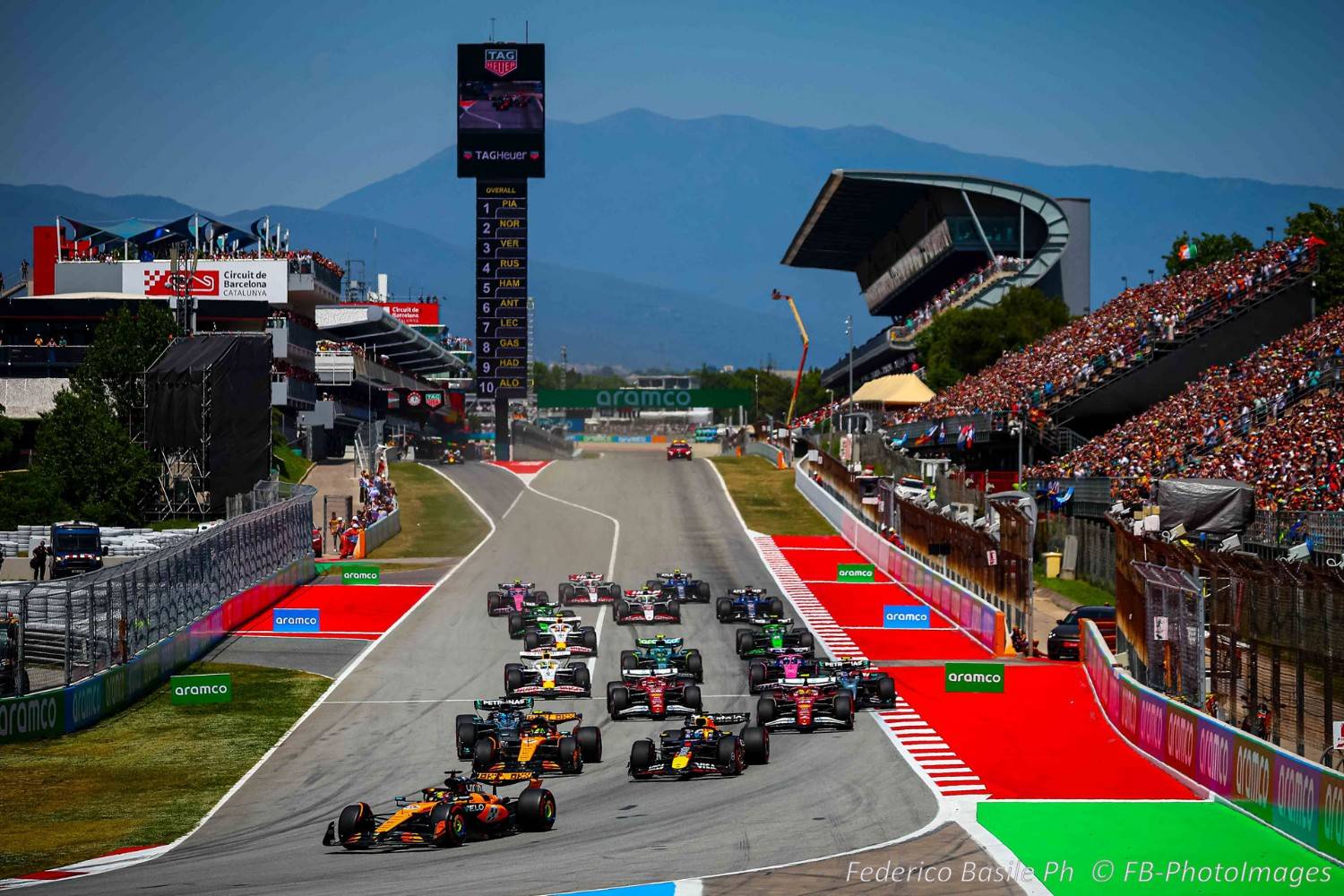Formula 1 News: How Do F1 Drivers Keep Fit?
Formula 1 drivers are often viewed as the ultimate symbols of coolness and precision, expertly handling incredibly powerful machines at jaw-dropping speeds. However, behind the glitz and glamour of Grand Prix weekends lies an intense commitment to both physical and mental fitness.
To master an F1 car at the edge of its capabilities for nearly two hours demands top-notch athleticism and extraordinary resilience. So, how do these drivers stay in shape, and what does it really take for the twenty competitors in this sport to prepare for and compete at the highest level of motorsport?

Physical Demands: Why Fitness Matters in F1
Driving a Formula 1 car isn’t just about having technical skills, it’s a grueling physical challenge. The G-forces felt during sharp turns, heavy braking, and rapid acceleration put the body through stresses that are on par with what fighter pilots endure. It’s not uncommon for drivers to shed up to 3kg during a race, mostly due to sweating, as the temperatures inside the cockpit can soar above 50°C.
Their heart rates can spike to an impressive 160-180 beats per minute, all while they’re strapped into their seats for long periods. This intense environment means that F1 drivers need to have exceptional cardiovascular fitness, muscular endurance, and core stability.

The Fitness Regimes of F1 Drivers
To meet the unique challenges of Formula 1, all drivers stick to carefully selected training programs. These routines go way beyond typical gym workouts, they’re tailored specifically for the demands of racing:
- Cardiovascular Conditioning: Endurance is key. Drivers engage in cycling, running, and swimming to build their stamina, simulating the long, steady effort needed during races. Many also include high-intensity interval training (HIIT) to boost recovery and heart health.
- Neck and Core Strength: The neck takes on a lot of lateral G-forces. To prepare, drivers use weighted helmets and resistance bands to mimic these forces, focusing on exercises that strengthen the sternocleidomastoid, trapezius, and other supporting muscles. Core workouts—like planks, medicine ball tosses, and rotational movements—are just as important, providing the stability needed for quick direction changes.
- Upper and Lower Body: Even though the car’s power steering eases some of the load, drivers still require strong arms, shoulders, and legs. Their training includes resistance exercises, functional movements, and plyometrics to boost strength and agility. Strong legs are crucial for managing brake pressures that can exceed 100kg per press.
- Reaction Training: In F1, split-second decisions are everything. Drivers use light boards, video games, and specialized reflex drills to sharpen their reaction times and hand-eye coordination.
Nutrition: Fuel for the Body and Mind
Diet plays a crucial role in how an F1 driver prepares for the track, with Lewis Hamilton known for choosing a plant-based diet to help him achieve better results on and off the track. He spoke with Men’sHealth magazine four years ago and said: “I have more energy; I’m so much more productive.” He added: “I wake up feeling way better, clearer in thought and fresher in my body. I recover quicker.” Furthermore, as F1 drivers need to keep a precise power-to-weight ratio, each driver has a nutrition plan that’s customized to fit their body type, metabolism, and race schedule.
- Balanced Macros: Meals are thoughtfully portioned to strike a balance between carbohydrates for energy, lean proteins for muscle recovery, and healthy fats for lasting fuel.
- Hydration: Staying hydrated is key, as dehydration can mess with focus and slow down reflexes. Drivers make it a point to hydrate consistently, especially before and during race weekends, often adding electrolytes to replenish what they lose through sweat.
- Supplements and Timing: Some drivers incorporate supplements like omega-3, magnesium, and multivitamins, always under professional supervision. The timing of meals—particularly on race day—is carefully planned to ensure optimal digestion and energy release.
Mental Fitness: The Psychological Edge
When it comes to F1, just having physical strength isn’t enough to tackle the challenges. Mental sharpness is just as important. The psychological strain from making split-second decisions, dealing with media attention, and facing the inherent risks of motorsport can really take a toll.
- Mindfulness and Focus: Many drivers turn to meditation, breathing exercises, or yoga to enhance their focus and keep stress in check.
- Visualization: Before hitting the track, drivers often visualize their laps and different scenarios, mentally rehearsing to boost their confidence and prepare themselves.
- Sports Psychology: Many collaborate with specialists to create routines that help them stay calm, build resilience, and keep their motivation high, even when things get tough.
The Importance of Recovery
High-intensity training and demanding travel schedules make recovery absolutely crucial to fend off fatigue and injuries. Drivers focus on getting enough sleep, engaging in physiotherapy, stretching, and enjoying massages. They often turn to ice baths and compression gear, which help minimize inflammation and get their muscles back in shape.
Dedication to Health
While many view F1 drivers as thrill-seekers, their achievements are rooted in a strong commitment to discipline, science, and health. Behind every race lies a relentless cycle of training, recovery, mindful eating, and mental preparation. It’s this holistic approach that allows the elite twenty men and women of Formula 1 to reach speeds—and handle pressures—that most of us can hardly fathom.
